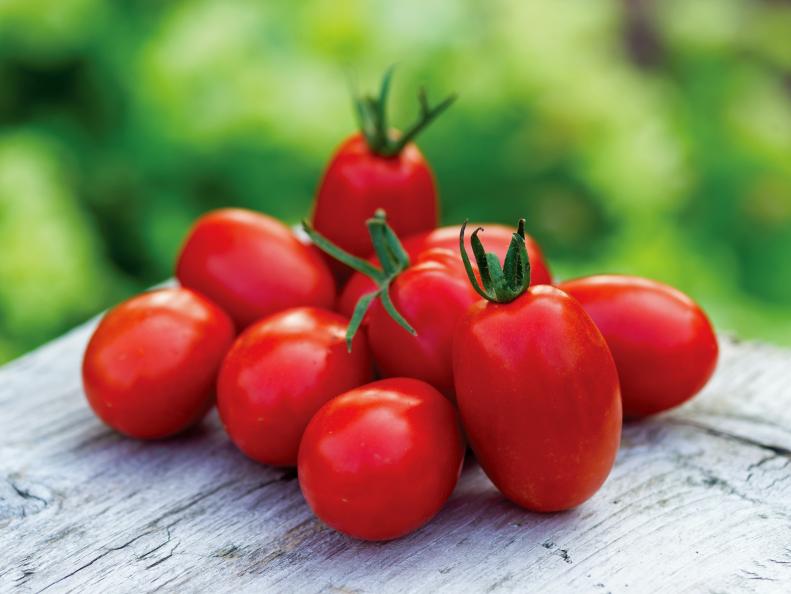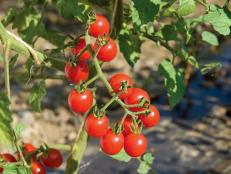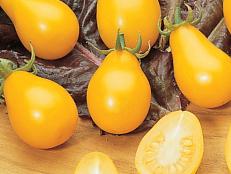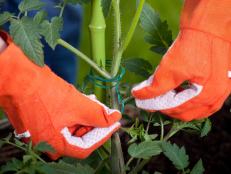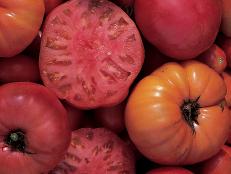1 / 15
Photo: Image courtesy of Burpee
Picture-Perfect Tomatoes
Sun-ripened tomatoes easily earn their keep in even the smallest garden patch. But growing the perfect tomato can prove somewhat elusive. Flip through our gallery to diagnose your tomato problems — and discover strategies to set your world of vine-ripened flavor right again.






